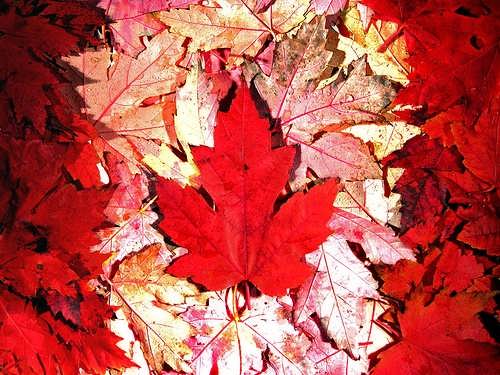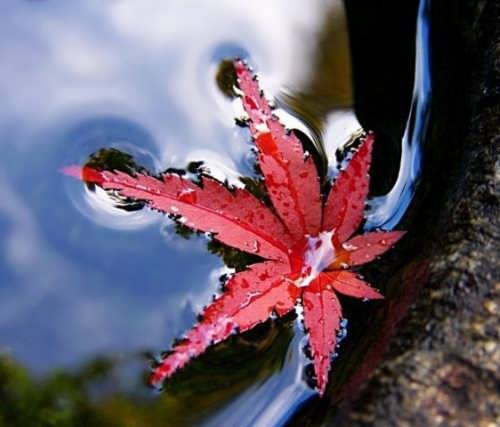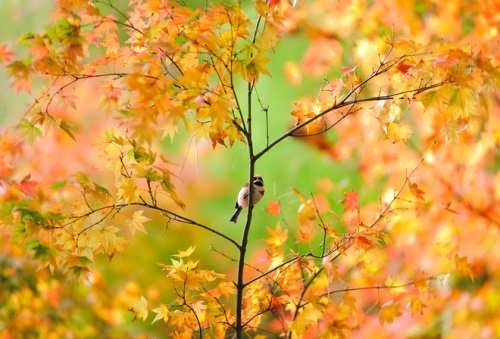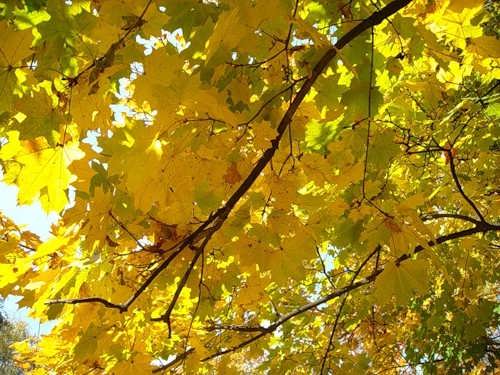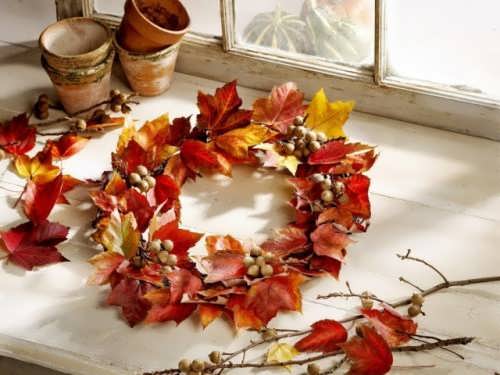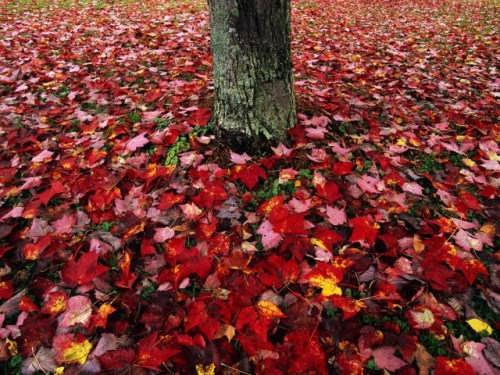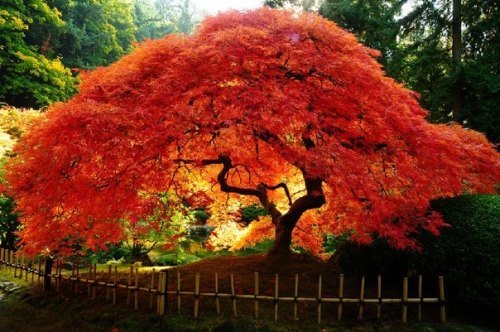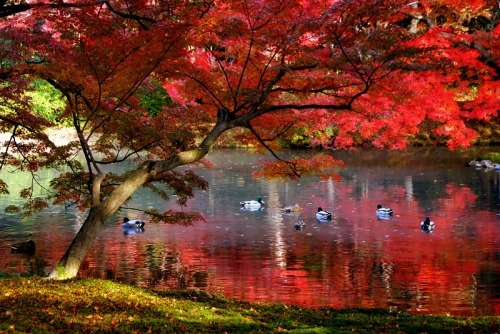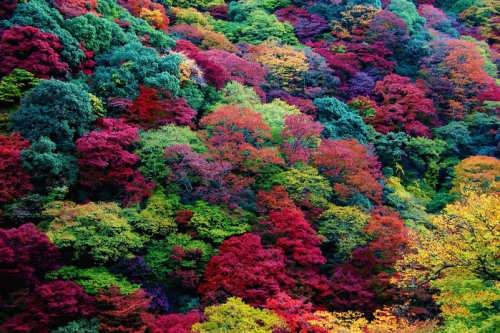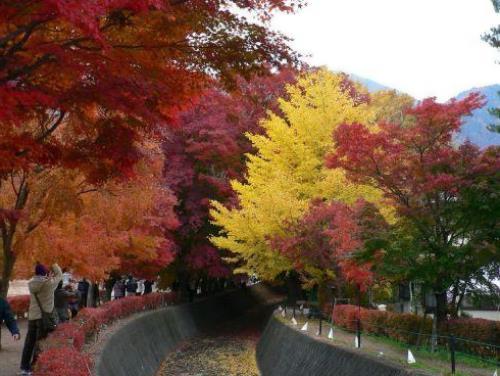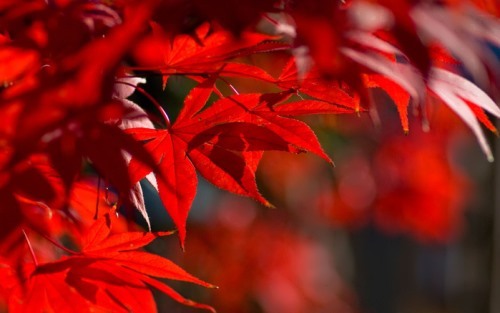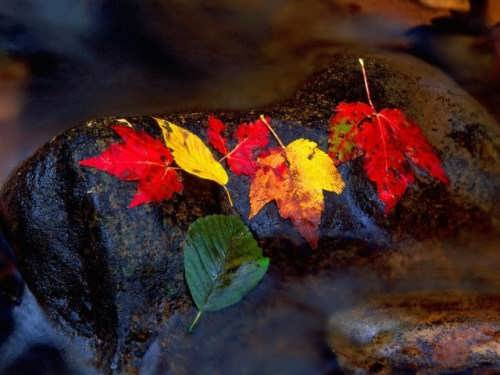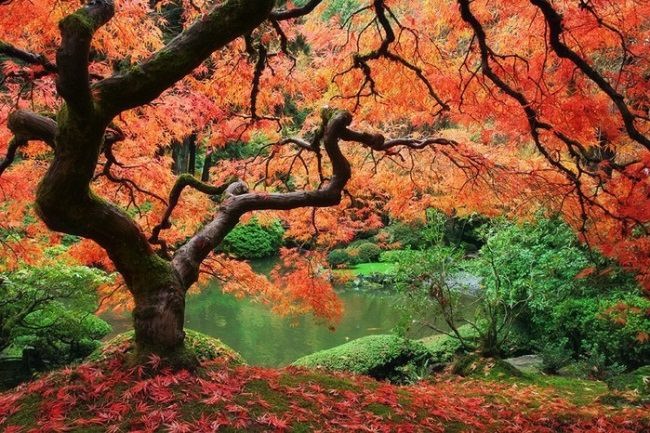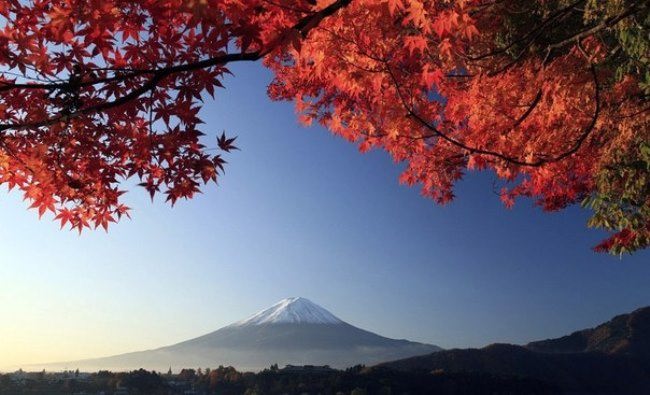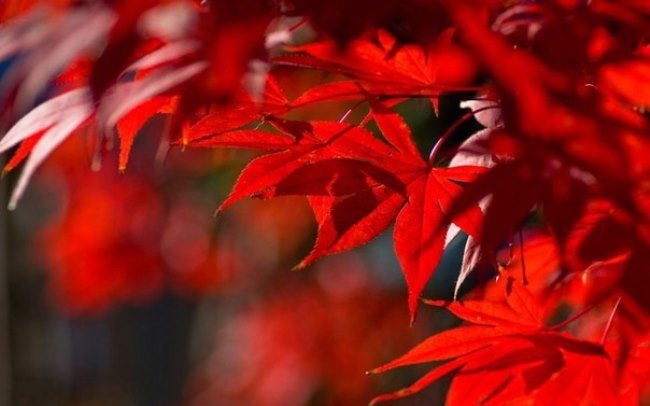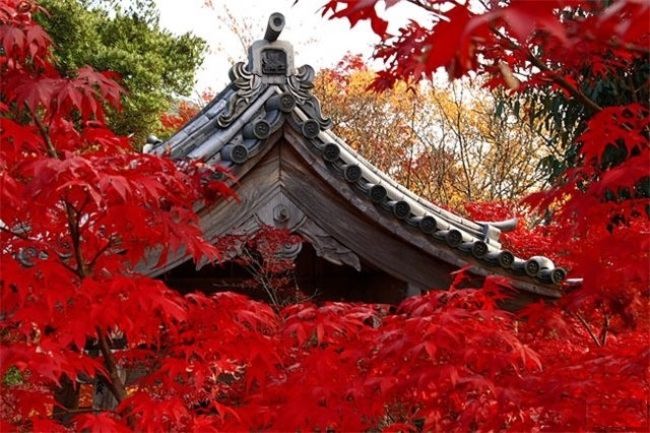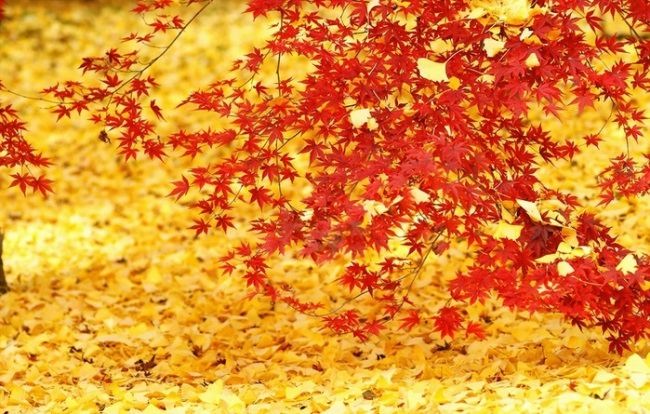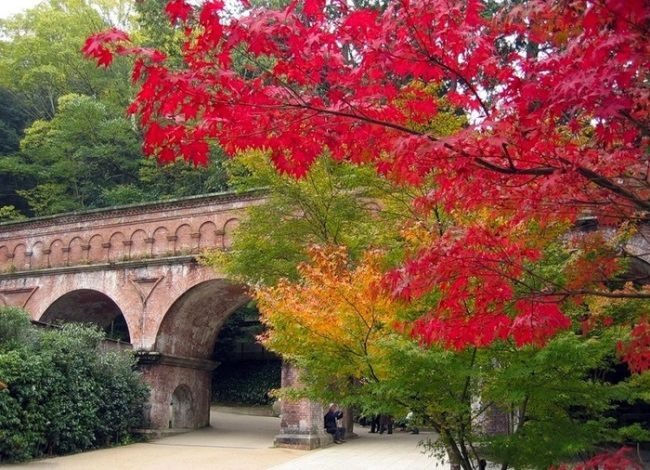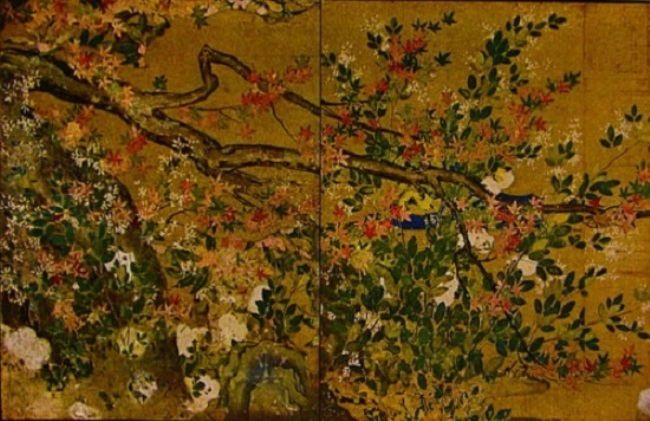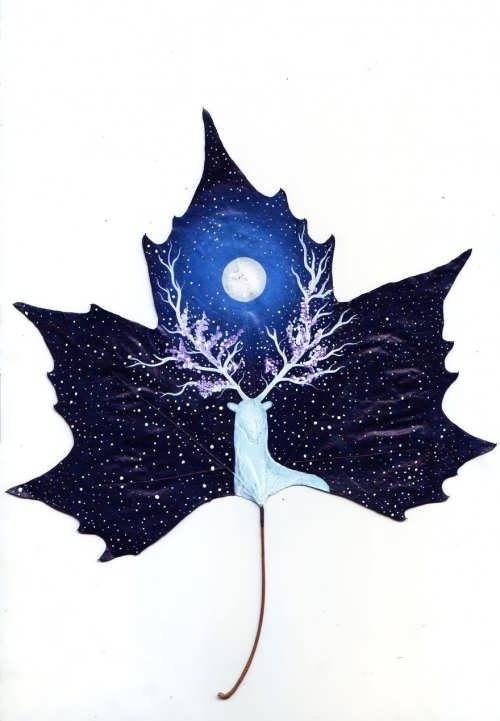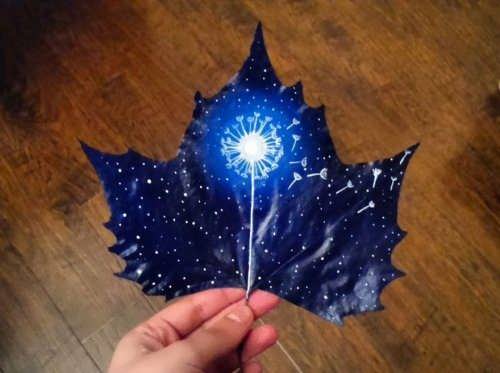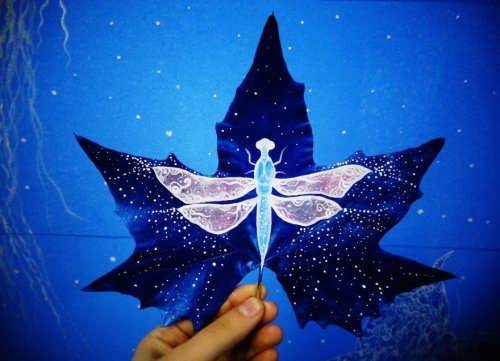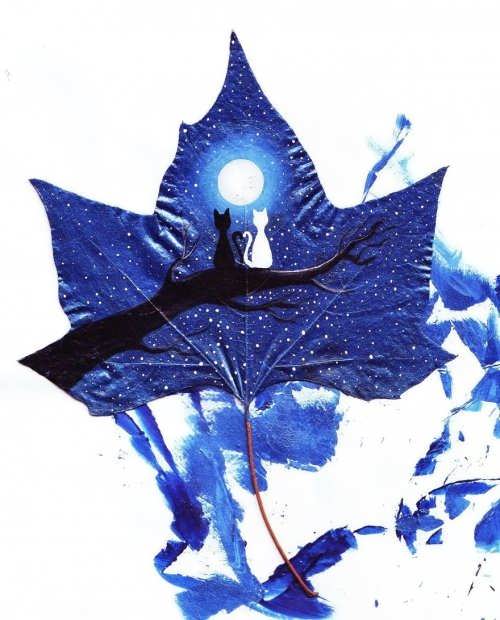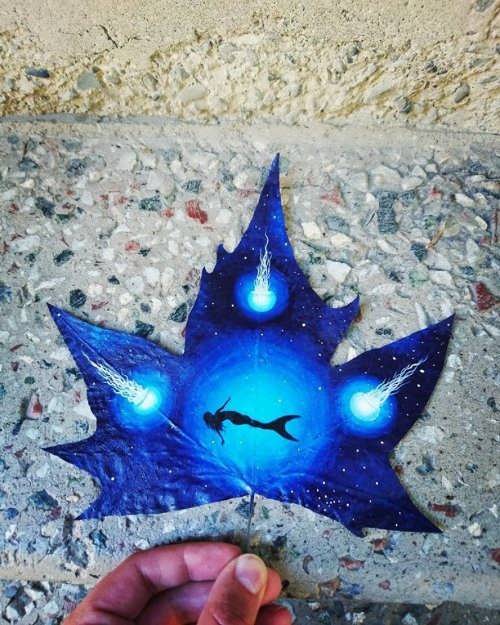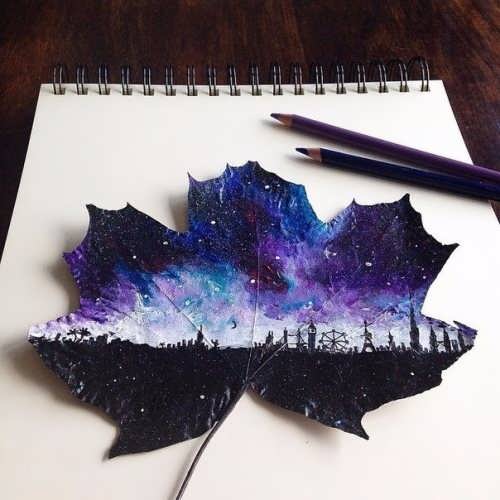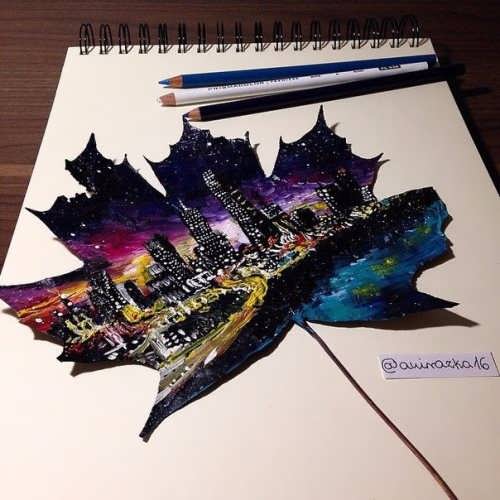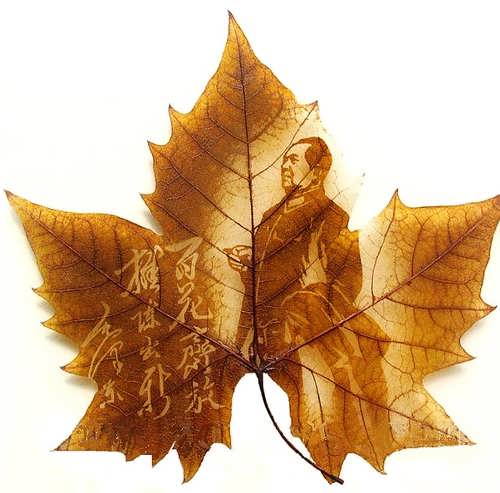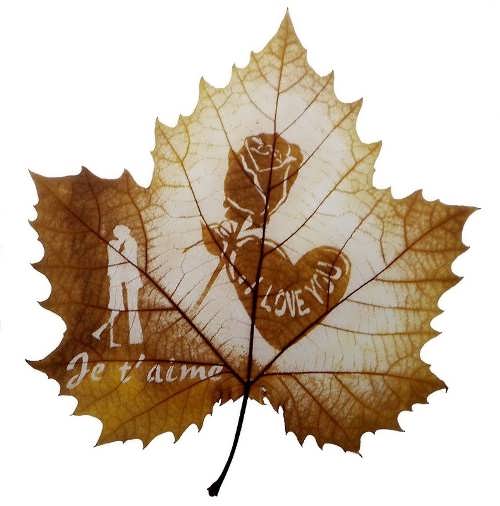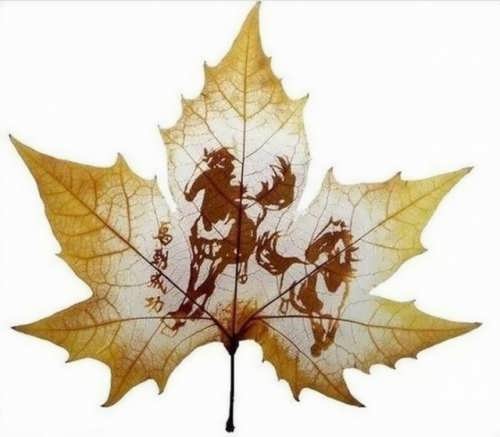Maple – Spectacular Leaves and Tasty Syrup
Maples are trees and shrubs that are often planted in parks and along city streets. Their leaves form a thick dome and in autumn they turn spectacular shades of yellow, orange, and scarlet.
There are about 200 different species of maple. They grow throughout much of North America, Europe, and northeastern Asia. They can grow to be more than 40 meters tall. The leaves usually have several fingerlike sections called lobes. Flowers appear in early spring. The fruit of maple trees is a hard pebble-sized structure with a pair of thin wings.
Sugar maples have sweet sap that is used to make maple syrup. These trees grow in Canada and the United States. People collect the sap in late winter or early spring. Sugar maples do not produce sap until they are about 40 years old! Sugar maple is the national tree of Canada, and a stylized leaf of this species is featured prominently on the Canadian flag.
Black maple is rather similar in appearance to sugar maple, but its leaves have a more threelobed appearance.
Red maple is another widely distributed species, occurring over much of eastern North America, from northern Ontario to southern Florida.
The Manitoba maple is the only species of maple that has a compound leaf, consisting of three to seven leaflets.
Rose maple is a tall symmetrical tree attaining a height of 35 m with a stem diameter of 1.25 m. This species occurs along the eastern coast of Australia from the Upper Williams River area, near Barrington Tops, New South Wales, to the MacPherson Range in southern Queensland.
Japanese red snake-bark maple has green bark with white stripes and a very upright form.
Maple wood can be used for making furniture, cabinets, interior trim, hardwood flooring, and other products.
In most cultures of the world maple is a symbol of autumn. In Japan, it symbolizes eternity, learning, and life wisdom. The Germans associate it with the beauty of life. Products made of maple bring love into our home. Branches, seeds and leaves of maple protect man and his place from evil.
It is proved that maple sap helps treat more than 45 diseases.
Maple – Spectacular Leaves and Tasty Syrup
Admiring Red Maple leaf Japanese tradition
Momiji Matsuri – Japanese tradition of admiring the leaves during the autumn period, when the leaves acquire rich yellow, orange, purple or brown colors. This event in Japan in terms of its significance is equivalent to the cherry blossom in the spring, and many Japanese take part in it. The word “Momiji” is also a designation of red maples, which Japanese consider the most beautiful trees.
Everyone knows that Japan is an island country, narrowly stretched from north to south. The “Sakura Blossom Front”, which notifies the arrival of spring, begins its journey from the southern part of the islands, gradually paving its way to the north. But the “front of the red leaves” begins its movement in the fall in the opposite direction. With the deepening of the autumn, starting from the northern regions, the country gradually changes its coloration from summer green to fiery red and yellow.
Surrounded by the sea, Japan is characterized by a slow and gradual change in climate and air temperature. The red leaf front usually starts in the Taicetsu-zan chain region. In fact, it is the highest mountain peak of the northern island of Hokkaido, 2,291 m in height. Starting in the middle of September, for about three months begins a slow move to the south, slowly but surely spilling beautiful colors on the mountains of Tohoku, Kanto, Kansai, Shikoku and Kyushu regions. With the increase in days in which the lowest temperature does not exceed 10 degrees Celsius, the leaves start to acquire red and yellow colors. And when the lowest temperature decreases by another 5 degrees, the trees instantly turn into a raging sea of flaming colors.
Usually, for all leaves to become red and yellow, it usually takes about one month. The most colorful landscapes can be observed somewhere after 20-25 days from the beginning of the move of the front. In particular, in Hokkaido, the best season for observing red leaves is October. And in the Tohoku area – early November, in the Kanto (Tokyo and surroundings) and Kansai (Osaka, Kyoto, Nara and surroundings) – end of November. Typically, at this time, the air temperature is very stable and comfortable – not hot and not cold, which makes autumn of Japan the most tempting period for travel.
With the arrival of the season of red leaves, many Japanese people go to the so-called “hunt for the Momiji” (in Japanese, Momiji – red leaves). In Japanese, the word “hunting” apart from its direct meaning also has the meaning of “watching flowers and leaves”. On the territory of the country there are a lot of places known for the lush “flowering” of the Momiji, however the most famous places are the cities of Nikko and Kyoto. Nikko Toshyogu – a temple complex, one of the treasures of Unesco. The complex is dedicated to the first shogun of the Tokugawa clan – Tokugawa Ieyasu – to a man who was able to unite the country for the first time. The temple area surrounded with places where you can observe absolutely stunning colorful autumn landscapes.
Admiring red maples is as important for Japanese as contemplating cherry blossoms. First, autumn maple leaves do not fall almost a month in each of the areas, so the locals and tourists can admire them for a long time. The wave of autumn maple leaves moves from north to south, as if answering the reverse flowering of cherry blossoms. Many Japanese choose to spend time in the nature, drink tea, sake and beer under the trees and enjoy the beauty of nature.
By the way, Japanese do not have four seasons, as in the whole world, instead, they have as many as six. In addition to the usual four seasons of the year, the Japanese also have a fifth – rainy season. This period is strikingly different in weather from late spring and from subsequent summer, but lasts about six weeks. Rainy time always comes in June. There is also the sixth time of the year, the analogue of our Indian summer. In comparison with ours this period is very long and regular. In Japanese there are at least two names of this season – akibare (Autumn transparency) and nihonbare (Japanese clarity). This time of year gives dry sunny weather after the end of the typhoon period and lasts until winter.
sources of images:
svetikya.com
vk.com/nippanews
vk.com/public80215751

